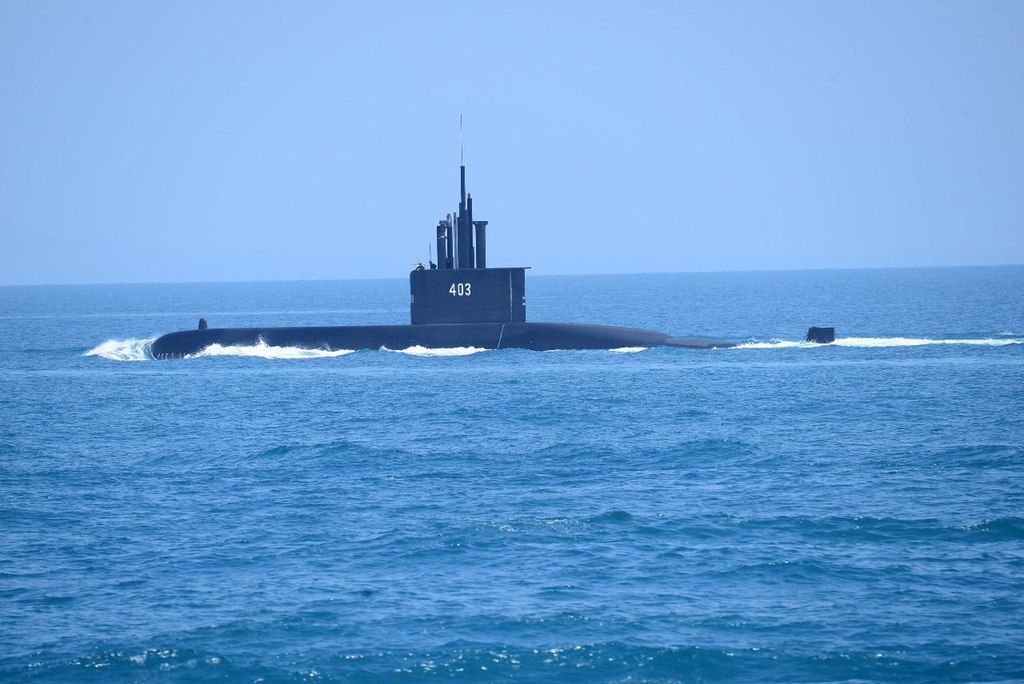“Two of Russia’s newest nuclear-powered submarines have completed a 5,500 nm voyage under the Arctic ice cap.”
Historically, the Russian Far East has not been a high priority on the Kremlin’s military spending list, but that is changing. According to independent Norwegian news site The Barents Observer, Russia has added two new nuclear-powered submarines to its Pacific Fleet. The Pacific Fleet now has three of the latest long-range nuclear-powered strategic Borei-class submarines, while the Northern Fleet has two. The second excerpted article from The Barents Observer reports that the Northern Fleet’s annual summer/autumn exercise continues as scheduled with amphibious assault landings, but no riverine exercise up the Yenisei River to the riverport of Dudinka and then overland to Norilsk. Riverine exercises are complicated, and according to the excerpted article, elements of the Arctic brigades have fought in Ukraine and many of the current soldiers and sailors of the brigades are new. Amphibious assault landings are a good starting point before attempting a riverine exercise in the Arctic.
Sources:
Thomas Nielsen, “Nuclear subs made trans-Arctic under-ice transfer from Barents to Pacific,”The Barents Observer (independent Norwegian news site in Russian and English currently blocked in Russia), 28 September 2022. https://thebarentsobserver.com/en/security/2022/09/nuclear-subs-made-trans-arctic-under-ice-transfer-barents-pacific
Two of Russia’s newest nuclear-powered submarines have completed a 5,500 nm voyage under the Arctic ice cap. Built at Sevmash shipyard in Severodvinsk and tested in the White- and Barents Seas, the two submarines “Novosibirsk” and “Knyaz Oleg” are now ready for combat patrols.
The inter-fleet transit from the Northern Fleet to the Pacific Fleet contributes a substantial strength to the submarine forces in the Russian Far East. “Knyaz Oleg” of the Borei-class carries 16 ballistic nuclear missiles, while the “Novosibirsk” is armed with some of the navy’s most modern long-range cruise missiles, torpedoes and mines.
Both submarines participated in the Umka-2022 naval exercise taking place in the Chucki Sea in September before sailing into Vilyuchinsk naval base near Petropavlovsk-Kamchatskiy according to the Defense Ministry.
There are now three Borei-class ballistic missile submarines in active service with the Pacific Fleet. The “Novosibirsk” is the first 4th generation Yasen-class multi-purpose sub to be deployed in the Pacific.
Thomas Nilsen, “Russia shows off Arctic Military Power”, The Barents Observer (independent Norwegian news site in Russian and English currently blocked in Russia), 22 September 2022. https://thebarentsobserver.com/en/security/2022/09/russia-shows-arctic-military-drill-amid-ukraine-war
The official press statement says nothing about how the mock enemy managed to get to Cape Chelyuskin. The cape is the northernmost tip of the Taymyr Peninsula, also known to be the northernmost coastline of the Eurasian mainland.
Here, between icebergs and frozen tundra, the soldiers of Russia’s Northern Fleet countered an imagined illegal armed sabotage reconnaissance group. The drill this week included landing amphibious assault forces supported by choppers and artillery fire from the destroyer “Admiral Levchenko” – the lead warship on the Arctic voyage.
September expeditions with exercises along the Northern Sea Route have been an annual highlight for the Russian navy over the last decade. This year, the voyage is supervised by Vice Admiral Oleg Golubev, Deputy Commander of the Northern Fleet.
Armored personnel carriers were brought to shore by “Aleksandr Otrakovsky”, the landing ship that last year sailed side-by-side in the Black Sea with the cruiser “Moskva”. That warship sank after being hit in Putin’s war off the coast of Ukraine earlier this year.
Troops now training for Arctic warfare on the top of the world come from the same infantry brigades that have lost hundreds of soldiers on the battlefields in Ukraine since Putin ordered them to invade on February 24th.
Thousands of kilometers from the violent fighting in Ukraine, the soldiers practiced tactical actions to capture the beach and made a five-kilometer march on the permafrost of the peninsula.
The navy ships set out from the Kola Bay on August 10 and have conducted navy drills at Franz Josef Land, near the offshore oil rig Priazlomnaya in the eastern Barents Sea and in the Kara Sea on their way to Severnaya Zemlya and the Laptev Sea where a drill took place at the Kotelny Island last week.

